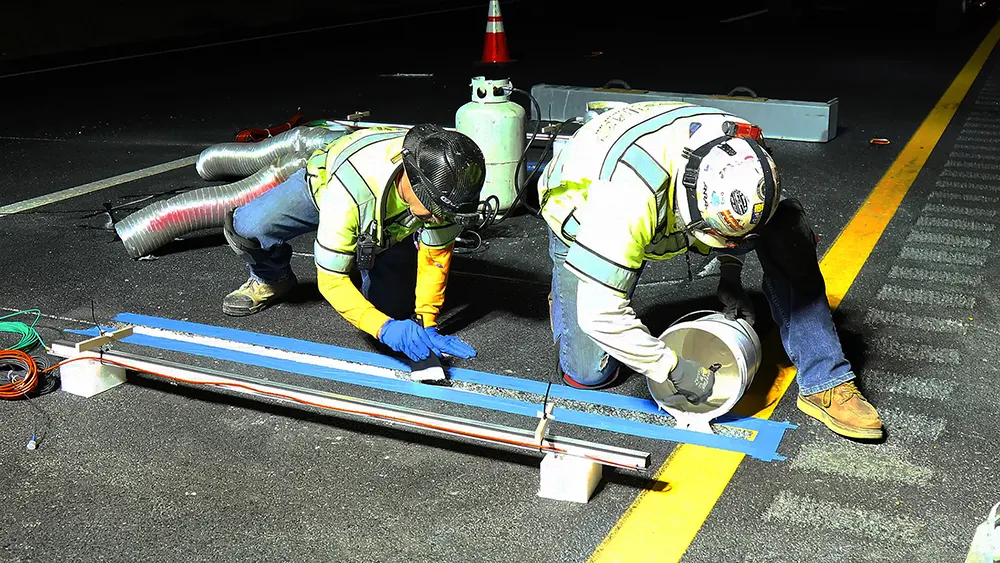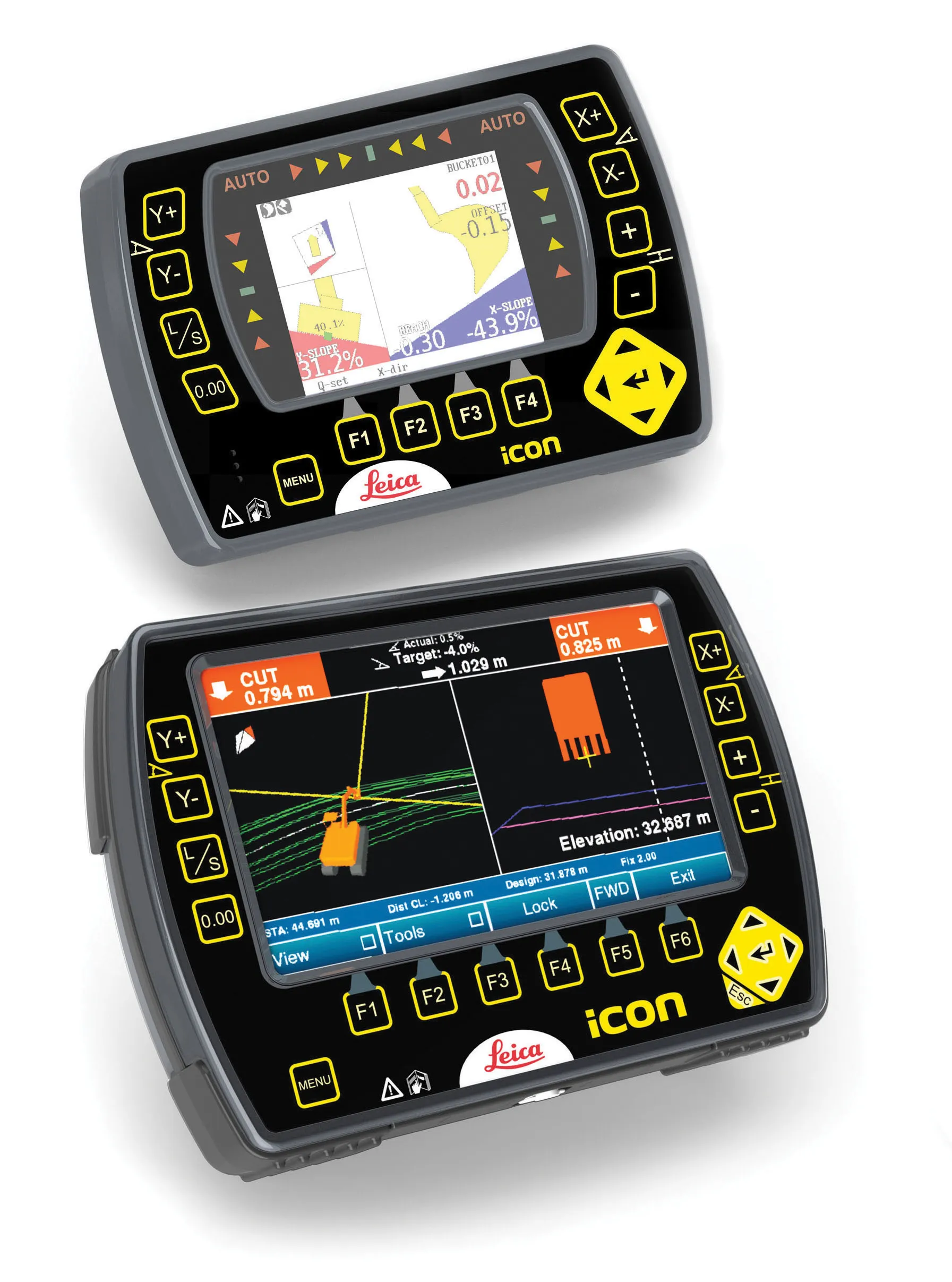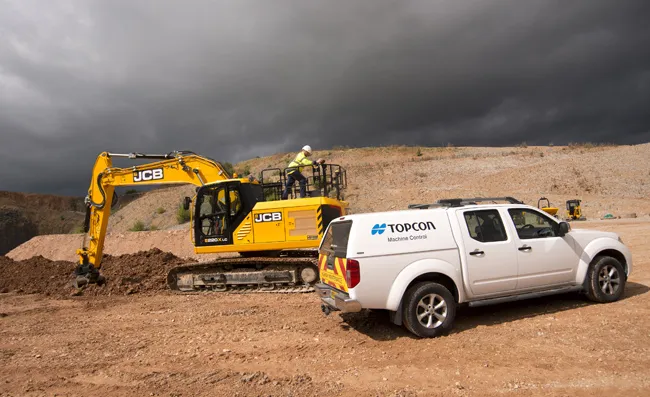
Linarc uses technology, integrated connectivity, intelligent data analysis, and real-time updates to give users the tools, resources, and information they need to perform at their best. As a result, projects run smoother; progress moves faster, and projects are completed on time and on budget, according to the company.
Linarc is a comprehensive project management solution that eliminates the need for multiple systems, with built-in features that provide everything a user needs to manage construction projects successfully in a single platform. In addition, Linarc is an open API and is said to integrate easily with standard project management solutions, ERPs, and other software for seamless accounting and transparency.
Linarc’s collaborative scheduling feature uses predictive analytics to allocate resources to individual tasks to eliminate delays and ensure on-time completion. It can link work crews, materials, and equipment to the schedule of values and updates progress in real-time.
The company says that project owners have clear insights into work progress and budget expenditures, while design teams are connected to project execution for problem-solving. Meanwhile, CFOs and procurement specialists have control of project financials. And management teams get detailed reports and reference dashboards to stay informed and on target. In addition, supervisors control work assignments and material deliveries for seamless workflows and sustainable progress, while field crews receive detailed work assignments with documents and photos.
Linarc can eliminate communication silos across a project portfolio, and the system’s analysis gives company leaders the leverage of combined resources across projects according to the firm.









